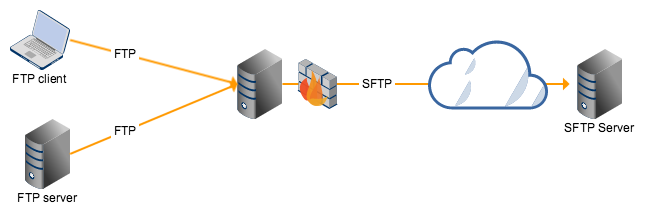The first draft of this file transport protocol was printed as early as 1971 along with the last version of the FTP protocol has been printed in 1985 since RFC 959. Even following the development of many extensions to encourage secure transport in 1997, it's still common to observe organizations continue to utilize FTP. There are numerous reasons for it. If you want to get more info about FTP/SFTP Server you may search it on the web.
To start with, FTP is now a worldwide standard for moving files. All operating systems, such as mainframes and minicomputers of a brand new age, service FTP. Generally, the software that's necessary to move files using FTP can be obtained from the installed operating system.

For simple and little-used operating systems, data transport applications which uses contemporary public key encryption to safely transfer files might not even be accessible. A system administrator who must utilize these systems has no option except to continue to use FTP.
Second, the protocol supports anonymous FTP. Many repositories wish to produce files publicly accessible to the general public. A user can only log into these sites and move files without needing to supply a password. The majority of these websites are maintained by universities or huge corporations and take the consumer email address as the password.
In the end, there's a computational and information overhead related to protected data transport. This is because every byte of information from the document to be moved should be encrypted with public key encryption systems.
